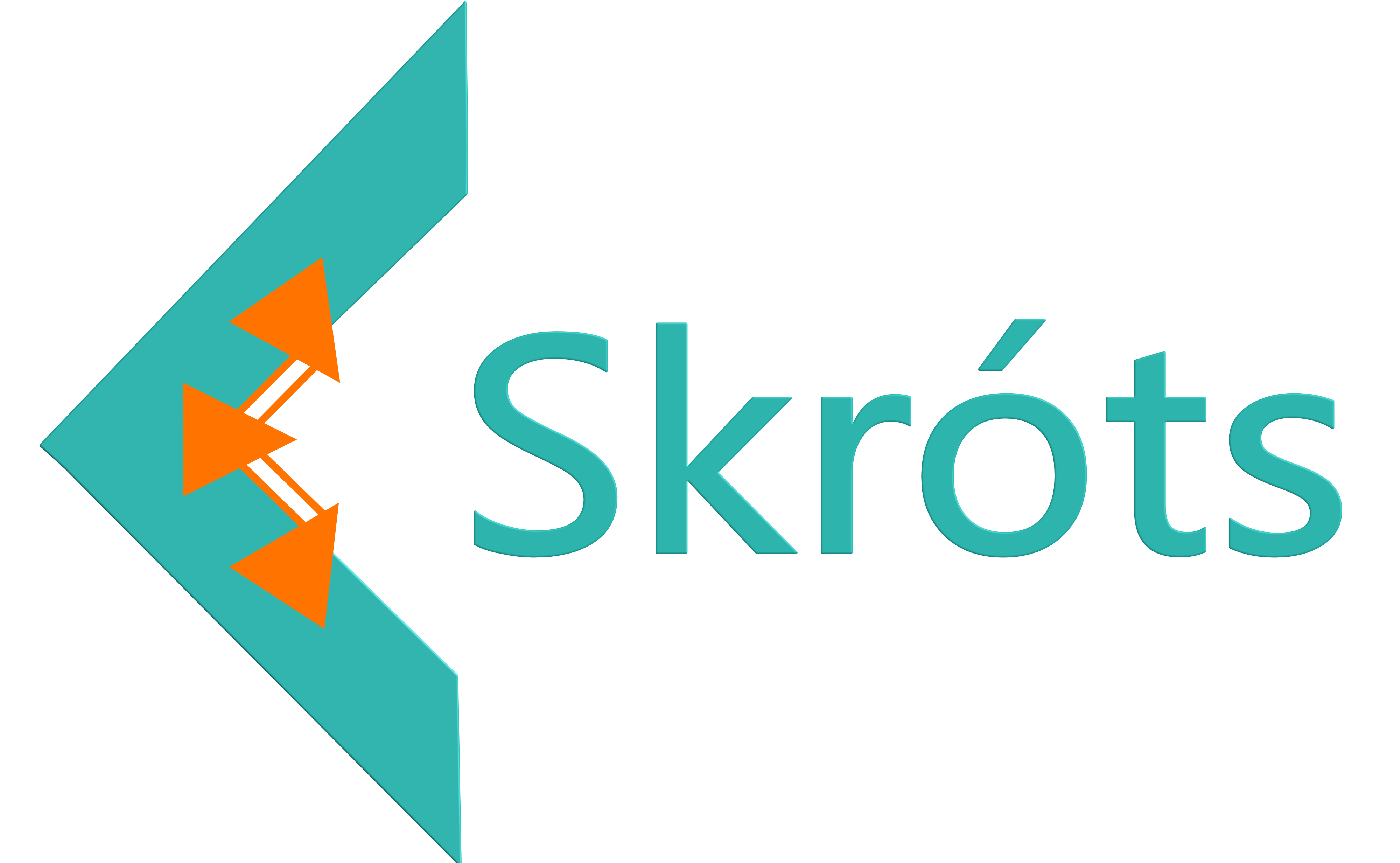Indoor Navigation System for International Airports
The proposed solution is to use indoor navigation technology to help passengers navigate through the airport.
Task
Passengers at international airports in India often face difficulty in navigating through the airport due to its size and busyness.
Abstract:
International airports in India have grown larger and busier over the years, resulting in passengers spending longer hours at the airport. Many have complained of not being able to find their boarding gates on time. This case study proposes a solution to help passengers smoothly navigate through the airport via various checkpoints, such as boarding gates, security, shopping, and cafeteria, while they wait to board their flight ( Start to End Navigation )
Problem:
Passengers at international airports in India often face difficulty in navigating through the airport due to its size and busyness. They spend longer hours at the airport and sometimes miss their boarding gates due to not being able to find them on time. This results in a frustrating experience for the passengers and can lead to missed flights.
Solution:
The proposed solution is to use indoor navigation technology to help passengers navigate through the airport. This can be achieved through the use of Bluetooth beacons, Wi-Fi triangulation, or ultrasonic technology to trace the location of the passenger. Among these technologies, Bluetooth beacons are the most low-cost and efficient solution, and can easily be implemented.
The navigation application will have several features to provide the best user experience. These include:
-Real-time location tracking: The application will use the indoor navigation technology to track the passenger’s location in real-time, and provide directions to their desired destination.
-Customizable experience: The application will have the option for the passenger to customize their experience, such as by setting a preferred language or accessibility needs.
-Point of Interest (POI) information: The application will provide information on various points of interest within the airport, such as shops, cafes, and restrooms.
-Flight information: The application will also provide information on the passenger’s flight, such as gate number, departure time, and boarding time.
Result:
The implementation of this solution will greatly benefit individual passengers by making it easier for them to navigate through the airport. The customizability of the application will cater to the needs of different types of passengers.
For example, a first-time traveler at the airport will find the real-time location tracking and turn-by-turn directions extremely helpful in finding their way around the airport.
– A passenger who is an introvert will appreciate the option to customize their experience and avoid crowded areas.
– An explorer will find the POI information useful in discovering new places within the airport.
– A passenger with accessibility needs will appreciate the option to set their accessibility needs and find accessible routes.
Overall, the implementation of this solution will enhance the passenger’s experience and make the airport navigation stress-free.
—> Connect with us to know more…
Research Specialists: Prerna Fatnani & Harsh Bakshi
